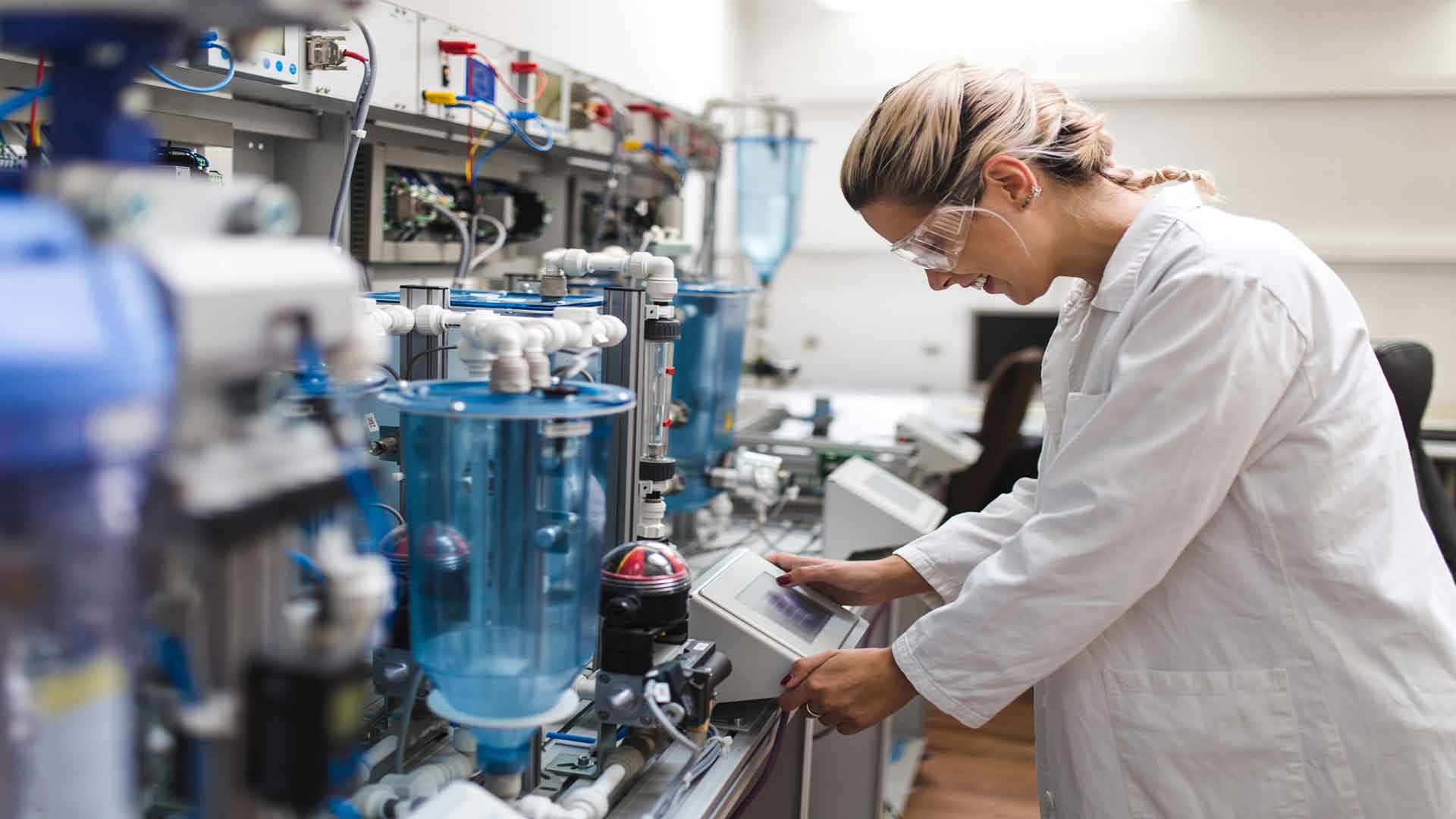At NPL, we are supporting the UK Government’s national ambition to capture 20-30 million tonnes of CO2 per annum by 2030 and it’s wider aims which are detailed in the Industrial decarbonisation strategy. To achieve these goals, deployment of carbon capture usage and storage (CCUS) technologies is required along with the infrastructure to support regional CCUS clusters. We are responding by ensuring the safe, sustainable and economical roll out of CCUS schemes.
We have also conducted crucial research with key industry stakeholders to identify and prioritise the measurement challenges of CCUS, laid out in our Energy transition: Measurement needs for carbon capture, usage and storage report.
Our world-leading expertise is helping industry, government and beyond work towards their net-zero goals with confidence by researching, developing and implementing new CCUS technologies.
We also have a government funded CCUS programme named Metrology for Carbon Capture Usage and Storage for which we host an industrial advisory group. If you are interested in joining the steering group, or want to know more about how we can help you, please contact us.
Primary reference mixtures (PRMS)
To find out more about our products and services, please get in touch.
We offer research and development alongside services to support quality assurance of carbon dioxide. This includes developing novel analytical techniques for measuring impurities within CO2 , designing risk assessments to forecast the quality of CO2 captured from operational processes and sampling and analysis of CO2. Additionally, we provide primary reference materials (PRMs) containing low level impurities in CO2 which are suitable for laboratory testing or calibration of analysers.
Consultancy, commercial products and services available, outlined in our gas and particle metrology measurement services brochure:
Examples of collaborative research and development includes:
We have a unique combination of capabilities covering all stages of emissions measurement. These include instrument development and validation, field application, method development and validation, standardisation, best practice, and the provision of measurements for end-users. We are currently investigating CO2 emissions from carbon capture and storage (CCUS) infrastructure and associated pollutants from the capture process. For example, amine-breakdown products including nitrosamines.
Commercial products and services available:
Examples of collaborative research and development includes:
We are carrying out research and development as well as providing services for materials qualification in various energy applications. We are supporting materials qualification for metallic components and structures within various carbon capture applications. This is including but not limited to transmission/distribution of CO2 by network operators, CO2 storage and materials used within CCUS technologies. We also offer commercial consultancy services.
Examples of collaborative research and development include:
The critical research and development NPL carry out is designed to test and optimise the performance of capture materials. This will help select cost effective and sustainable capture materials, determine the degradation of capture materials over time subject to different operational environments, and to optimise operational processes.
Examples of collaborative research and development include:

We are collaborating on the development of acoustic techniques to detect leaks from subsea storage sites for CO2, mainly exploiting depleted hydrocarbon fields in the North Sea. A significant challenge for such sites is ensuring their integrity once in use, requiring demonstration that the CO2 remains within the facility.
In the event of a leak, detection and quantification is vital. CO2 entering the water column is expected to do so partly in gas phase.The gas component of such a leak can be efficiently detected remotely (>100 m) using active acoustic techniques (sonar), because gas bubbles are strong scatterers of sound. CO2 dissolves comparatively rapidly in water, so the plumes will not extend far into the water column, with a characteristic acoustic signature.
Whilst active methods are well suited to detecting CO2 leakage, they are not effective at quantification of leak rates. For this, passive acoustic methods provide a complementary alternative facilitating the estimation of gas fluxes at short ranges.
Examples of collaborative research and development includes:
EURAMET project: Metrology Support for Carbon Capture Utilisation and Storage (CCUS)
NPL has several national facilities that may be used for research in this field.
We offer research and development and services to support the deployment of hygrometers for use within CO2 environments.
Examples of collaborative research and development includes:
Testing effects on impurities in CO2 on moisture analyser performance
Commercial products and services available:
Our research and measurement solutions support innovation and product development. We work with companies to deliver business advantage and commercial success.
Contact our Customer Services team on +44 20 8943 7070